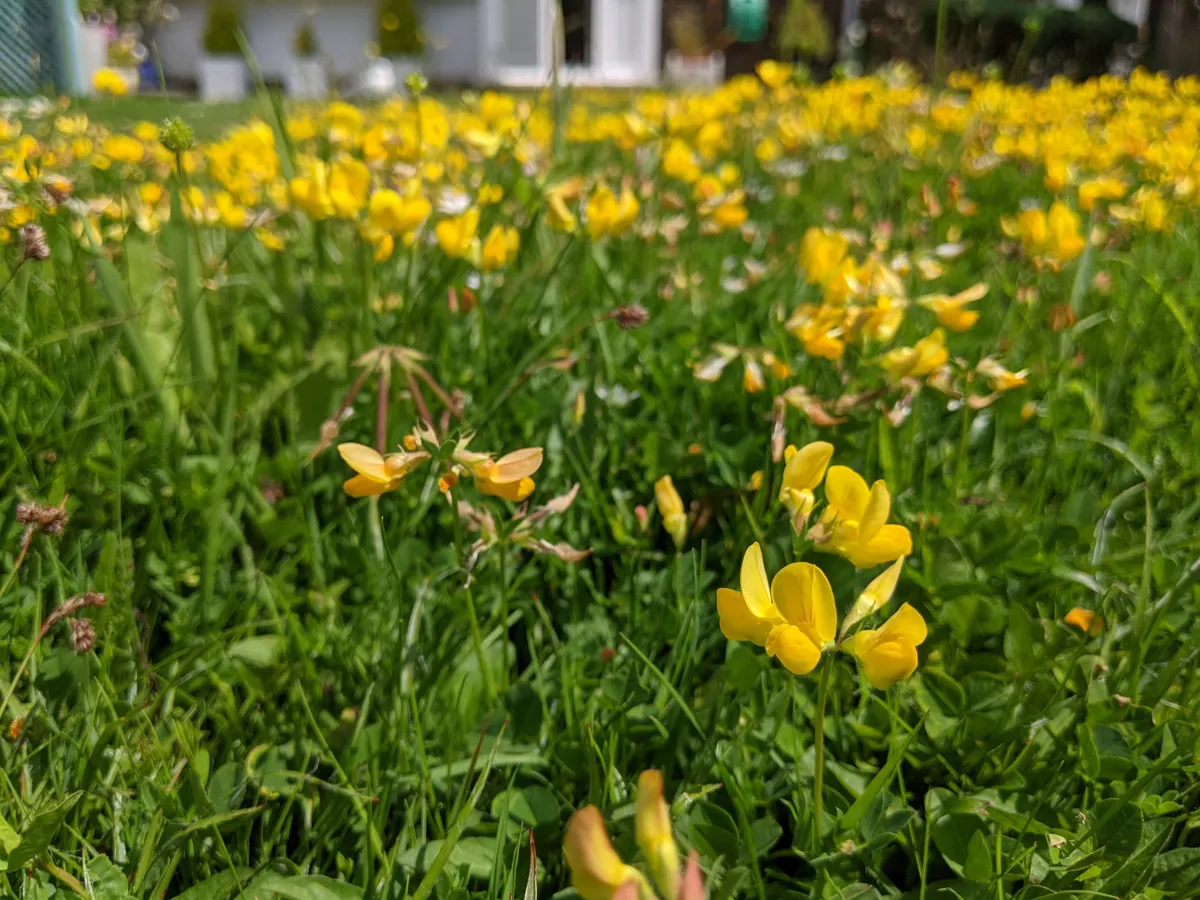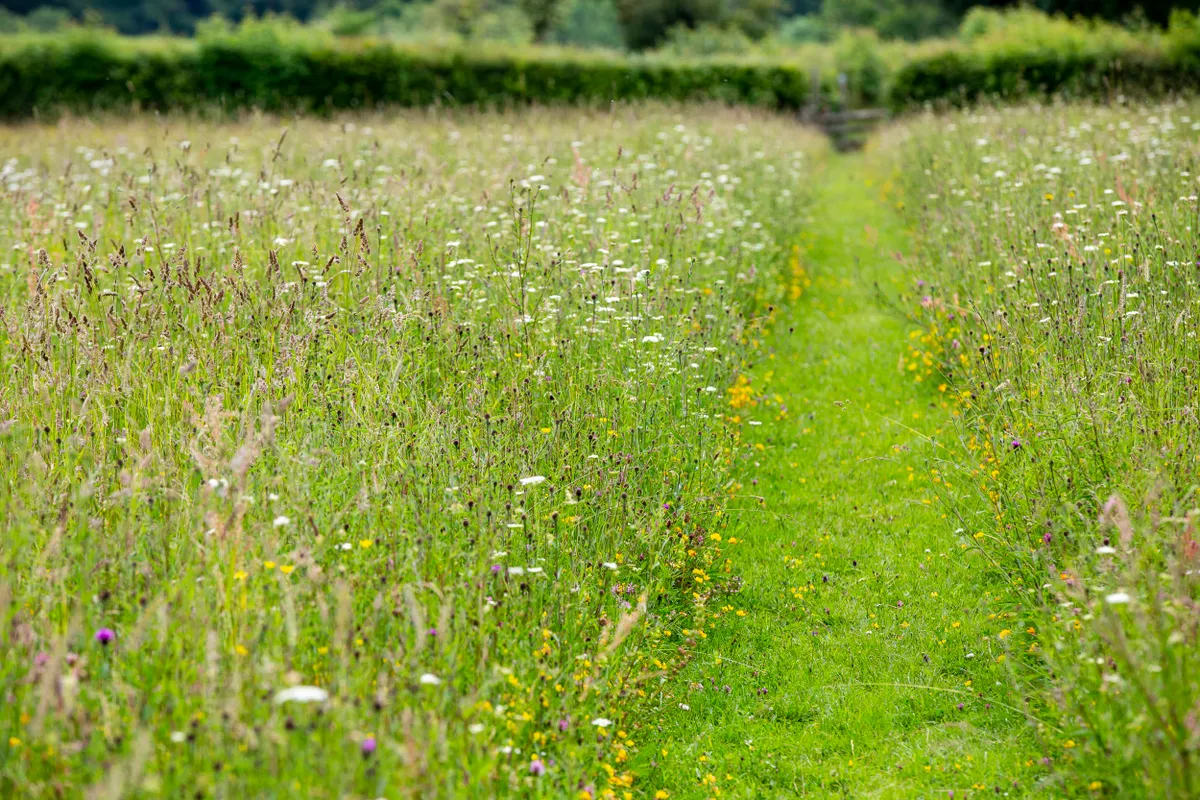No Mow May is Plantlife's yearly campaign to get us letting our gardens grow a little wilder. With wildflower meadows quickly disappearing on the British Isles, gardens can be a place of much needed sanctuary for our struggling wildlife.
You may also like
- Why you shouldn't mow the lawn in May
- Think No Mow May is not for you? Try these neat ideas
- Are wildlife gardens out of date?
More and more people have taken part in No Mow May, and their gardens are likely to be absolutely buzzing with bees, insects, and filled with all kinds of interesting wildflowers that had previously not had the chance to shine. And of course, if you can leave your lawn - or areas of it - a little wilder, wildlife will continue to thank you - its need for habitat and food does not go away after May. You may also find that you have enjoyed letting your garden grow a little wilder. The "Let it Bloom June" movement is gathering strength.
But if you're thinking of starting up your lawn mower in June, there are some important things to consider to make sure you're not just mowing down all the wildlife that has happily made its home in your garden. The first cut back after No Mow May can be horribly hazardous for wildlife that have got used to living freely in your long grass.
How to mow the lawn after No Mow May
Disturb the grass
We have heard reports of people mowing over frogs and slow worms when mowing long grass. Before you mow a patch, try to disturb the grass a little by batting it or wandering through it so the animals get a fighting chance to escape.
A higher cut first
Don't just go straight in with the lowest cut on your lawn mower. If you put your mower blade on a high setting first then you will help alert the wildlife so they can escape before any blades coming their way.
Recommended cutting lengths:
Short grass and flowering lawns: 2.5 to 5cm
Mid length grass and meadows: cut just 2 to 3 times a year outside of April and August
Year round longer grass areas: left un-mown from spring to autumn.

Mow high traffic areas first
Mark Schofield, road verges advisor to Plantlife has some very handy tips on how to avoid harming wildlife when mowing after No Mow May. The main thrust is that you should always allow space and opportunity for the wildlife to escape to habitats. Always mow from paths and high footfall areas towards boundaries. "it allows disturbed wildlife to move towards cover gradually". He also suggests you should mow in parallel to the shelter wildlife can move towards.
Here's more on how to attract wildlife in your garden
Rake your cuttings
When you cut you should try to rake back your grass cuttings, as leaving them on the lawn can stop the regrowth of wildflowers, which prefer less fertile soil. Leave your cuttings in certain areas of your lawn if you like, to get the lush grass you want, or use the cuttings as mulch on your vegetable beds to stop weeds growing and retain moisture.
Redesign your lawn
While we realise that leaving the grass long all over for a month at a time just isn't right for some people, there are a few ways of incorporating mowing less in your garden that will look lovely. Find a little corner of for a wildflower and grass patch that you can leave longer that has a path through. It's likely that the longer patches will not dry up over drought and will keep a handy home for lots of insects throughout the year.
We love the natural look of grass and flowers encroaching on boundaries and these can be great areas to leave grass and plants a little longer. Rather than strimming at the edges, perhaps experiment with what it looks like leaving things wilder.

How about a meadow?
Have you ever dreamed about lounging and relaxing in a beautiful meadow? If you have the space, you could encourage the grass by mowing only twice a year outside April to July. Left for longer, grasses with wildflowers support the lifecycles of the insects that need them.
Here's some expert tips on designing a meadow
For more information on No Mow May and how to encourage wildlife in your lawns head to Plantlife.org.uk
Looking for mowers?
- Push mowers are good for the environment
- Ever tried a scythe?
- Here's our round up of lawnmowers to buy
